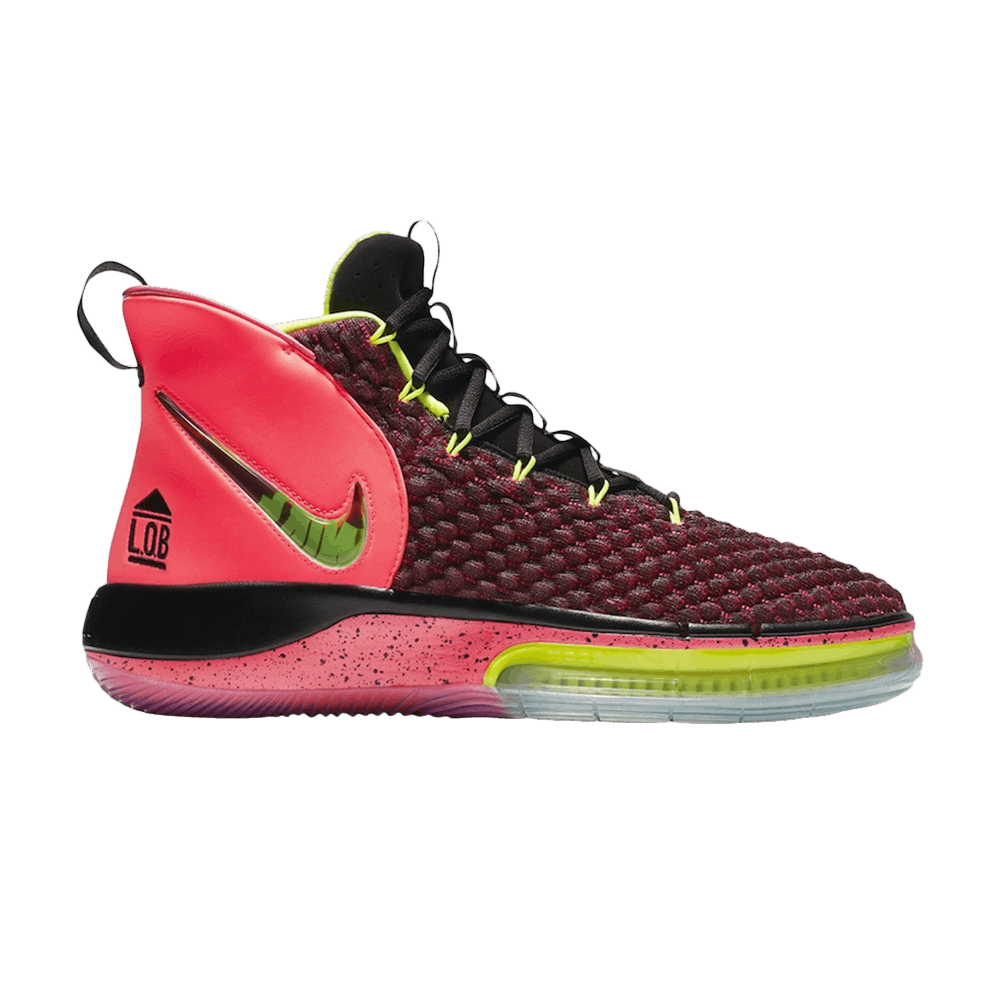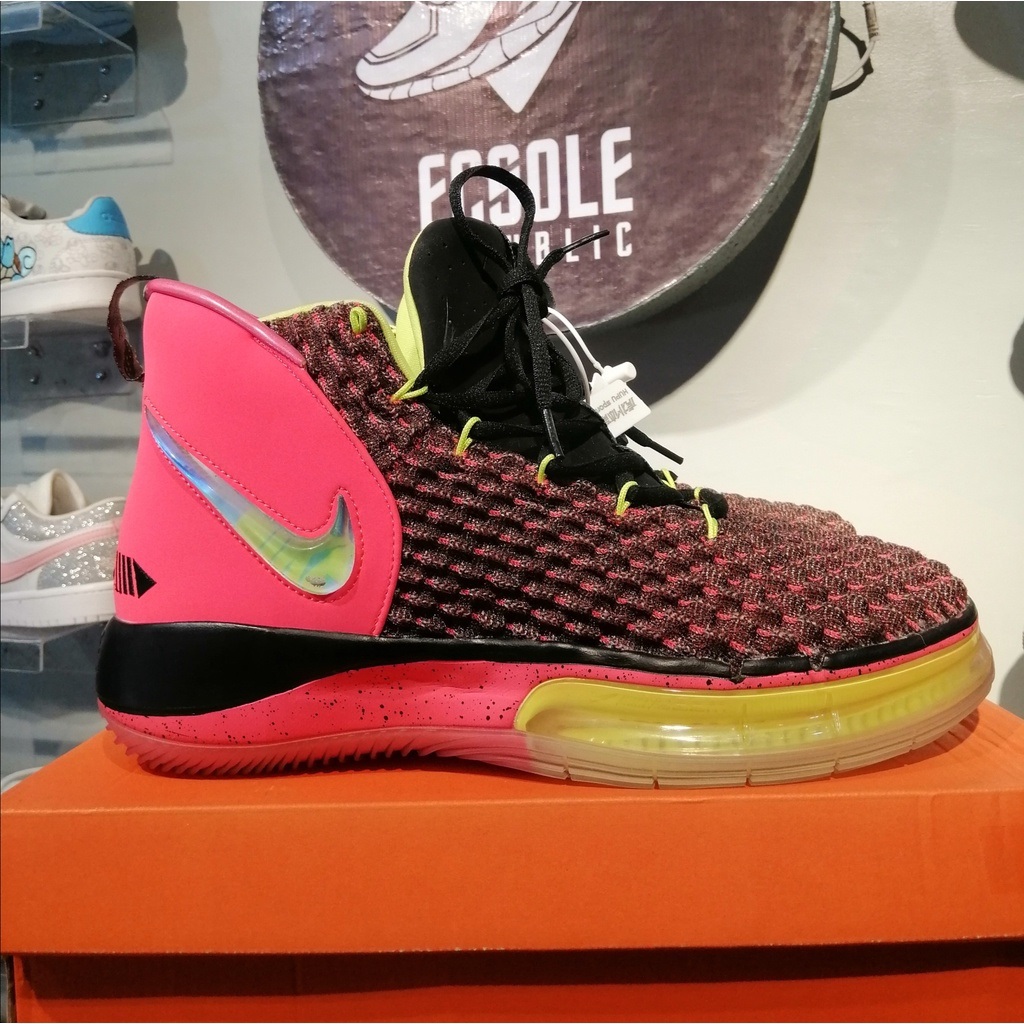
The Rise of Hoverboard Nike Shoes: A Innovation
In recent years, hoverboard shoes have become one of the most intriguing developments in the world of footwear, and Nike has been at the forefront of this innovation. Combining the thrill of hoverboarding with the practicality of shoes, Nike’s hoverboard shoes represent a leap in technology and design. This article delves into the history, technological advancements, and cultural implications of hoverboard shoes by Nike, while also exploring the future of this revolutionary footwear.
The Concept Behind Hoverboard Shoes
Hoverboard shoes are not merely footwear; they are a fusion of comfort, style, and cutting-edge technology. The primary concept revolves around offering a self-propelling mode of transportation while ensuring the wearer feels at ease. Hoverboard shoes operate on the principle of magnetic levitation, allowing users to glide over surfaces effortlessly, reminiscent of how characters traverse futuristic landscapes in movies.
The Mechanics of Hoverboard Shoes
At the core of hoverboard shoes lies advanced technology. The mechanics are a combination of sensors, gyroscopes, and built-in propulsion systems. When a wearer shifts their weight, the sensors communicate with the propulsion system to adjust and maintain balance. The technology mimics natural walking or running motions, making it intuitive and easy to use. This sleek integration of technology into something as commonplace as shoes paves the way for innovative footwear.
The Benefits of Hoverboard Shoes
The benefits of hoverboard shoes extend beyond novelty; they serve practical purposes as well. One major advantage is their potential for sustainable urban travel. As cities become increasingly congested, hoverboard shoes provide an eco-friendly alternative. Unlike cars or traditional scooters, they do not rely on fossil fuels, thereby reducing one’s carbon footprint.
Moreover, hoverboard shoes could improve mobility for individuals with disabilities. They offer a method of transport without the constraints of heavier mobility devices, thus promoting independence.
The Evolution of Nike’s Hoverboard Shoes
Nike’s journey into the world of hoverboard shoes started with their illustrious history of innovation. Known for pushing the boundaries of footwear technology, Nike took the leap into hover technology inspired by the futuristic visions depicted in science fiction.
Key Milestones in Design and Innovation
One of the first iterations of hoverboard shoes came out in 2015, drawing inspiration from the famous Nike Air Mag, worn by Marty McFly in “Back to the Future II.” Initial prototypes garnered significant media attention and consumer interest, creating a buzz around the idea of hover functionality incorporated into shoes.
Over the subsequent years, Nike continued to innovate by introducing new materials that enhance comfort and durability. Advanced flexibility is crucial for hoverboard shoes, as the technology relies on the user’s movement to operate. This journey of innovation illustrates Nike’s commitment to offering products that not only cater to consumer desires but also champion technological advancements.
Collaborations and Partnerships
Nike has pursued various collaborations with tech firms to fine-tune the intricacies of hoverboard shoe technology. One notable partnership involved leading tech companies specializing in robotics and mobility systems. These collaborations led to breakthroughs in the integration of lightweight materials and battery systems that enhance performance and reduce energy consumption.
These partnerships highlight the growing trend of blending sportswear and technology, creating a niche market that attracts tech enthusiasts and athletes alike.
The Aesthetic Appeal of Hoverboard Shoes
Style is an unmistakable part of Nike’s brand identity, and hoverboard shoes are no exception. The aesthetics draw inspiration from contemporary design philosophies, marrying function with form.
Design Features and Customization Options
Hoverboard shoes by Nike often feature sleek lines, futuristic color palettes, and user-friendly designs. The shoes are designed for visibility and attract attention, making a bold statement whether worn for leisure or sport.
One exciting aspect of hoverboard shoes is the customization options available to consumers. Nike has leveraged its existing platform for customized sneakers, allowing users to personalize their shoes through colors, materials, and even different functional features. This personal touch creates an emotional connection, enhancing user experience.
Nike’s Influence on Fashion Trends
The allure of hoverboard shoes has made them a coveted item in street fashion. Nike has seamlessly integrated their hoverboard shoes into campaigns that celebrate urban culture and creativity. The pairing of innovative footwear with urban fashion enhances the overall appeal and accessibility of the technology, allowing it to transcend purely functional use.
Understanding the Market Demand for Hoverboard Shoes
As with any innovative product, understanding market demand is essential for Nike’s success with hoverboard shoes. The company has conducted extensive market research to gauge consumer interest, examining various demographics and lifestyle choices.
Target Demographics
Nike has identified several key target demographics. Younger consumers, particularly those engaged in tech culture and urban lifestyles, are primary audiences. Additionally, athletes and fitness enthusiasts are more likely to embrace hoverboard shoes for their potential ease of movement and exercise capabilities.
The Role of Social Media and Influencers
In an era dominated by social media, influencers play a significant role in shaping consumer perceptions. Nike has effectively engaged social media platforms, partnering with popular influencers to showcase hoverboard shoes in action. The reach of these influencers extends far beyond traditional advertising, creating a viral sensation that captivates a younger audience.
Challenges and Considerations for Hoverboard Shoes
Despite the possibilities hoverboard shoes present, there are significant challenges to their widespread adoption.
Safety Concerns
Safety is a paramount concern for the broader acceptance of hoverboard shoes. Issues related to stability, control, and potential accidents can deter consumers. As Nike works to enhance the technology, ensuring rigorous safety standards will be critical. The company may have to invest significantly in user education, promoting safe practices while using hoverboard shoes.
Regulatory Hurdles
Another challenge is the regulatory landscape around hoverboard technology in public spaces. Each city has its own rules regarding hoverboards and similar devices, which could complicate usage and adoption. Nike must navigate these regulations carefully if they wish to promote hoverboard shoes for a wider audience.
 The Future of Hoverboard Shoes at Nike
The Future of Hoverboard Shoes at Nike
The future of hoverboard shoes seems promising, and Nike’s ongoing commitment to innovation suggests that they will continue to adapt the technology to meet consumer needs.
Continuous Innovation
Nike is likely to invest heavily in research and development. As technology evolves, the need for improved battery life, better materials, and enhanced user interfaces will shape the next generation of hoverboard shoes. The brand’s history of innovation suggests that consumer feedback will play a pivotal role in the iterative design process.
Broader Applications and Expansions
In addition to consumer markets, hoverboard shoes could have applications in various industries. Delivery services and logistics firms may find value in employing hoverboard technology for quick transportation of goods over short distances. Potential partnerships with tech firms could also lead to further innovations, creating synergies that benefit industries beyond athletics and fashion.
Conclusion
In conclusion, hoverboard Nike shoes serve as a notable achievement in the realm of innovative footwear, combining technology, style, and sustainability. As the brand continues to expand its offerings, it is poised to shape the future of urban mobility significantly. It’s clear that this fusion of footwear and technology stands at the intersection of fashion, utility, and forward-thinking design. The opportunities they present are not just limited to the realm of sports but stretch into our daily lives and urban experiences, making them an exciting development in contemporary footwear. The arrival of hoverboard shoes signifies not just a trend but potentially a paradigm shift in how we think about movement and mobility, reflecting Nike’s legacy as an innovator in sports and lifestyle.


